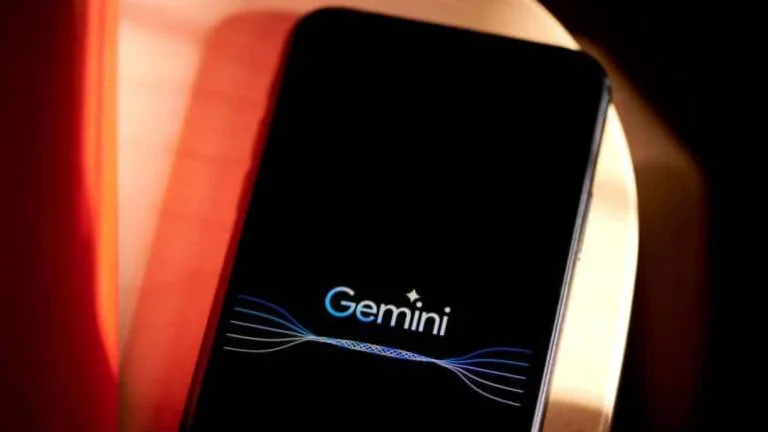No Stock Market Bubble In Sight: ‘Precisely The Same Level As In 1995,’ Not Dot-Com Crash, Says Analyst

Good times for the market are often celebrated by investors. But when tailwinds are long-lasting, a question begins to creep up: are we in a bubble?
The S&P 500 has experienced a remarkable run in recent months, led by substantial growth stemming from the tech sector. Since the start of the year, the index has repeatedly closed at historic highs, beating the latest record last week. The index is up over 32% in the past year.
Last week, Bank of America analysts raised the S&P 500’s one-year price target from 5000 to 5400, raising the expected growth by 5%. The analysts are expecting the index to yield 13% in the coming 12 months, yet they warned that the sustained growth could be preceded by a pull-back in the near term.
Analyst Savita Subramanianexplained in a note, release on Monday, that following last week’s price target correction, her team received pushback from investors and colleagues who “see the market is trading in bubble-like territory”, and think it’s time for “something else to break from the Fed’s aggressive monetary policy.”
The upcoming release of inflation data for February, set for Tuesday of this week, will likely be the final piece of information that the agency will use to decide if interest rates should be lowered at its next FOMC meeting later this month.
Voices claiming that a full market bubble-burst is nearing have been loud in recent weeks, with many drawing parallels between the recent tech rally and past market crashes.
Enthusiasm around generative AI, which fueled a new faith in Big Tech giants, has caused many analysts to compare today’s market with the run-up to the dot-com crash.
On Friday, the so-called “semiconductor mania” took the up-and-coming chip sector to new heights, surpassing peaks seen in the dot-com industry before the crash.
One analysis from last month expected the bubble -if there is indeed one- to continue to inflate at least until 2025, taking the S&P 500 above the 6500 mark, while other analysts continue to deny that there’s a bubble altogether.
In an effort to clear the air, Subramanian expanded on the reasons behind her decision to raise the S&P 500’s price target and explained that if we’re in a similar trajectory to that of the dot-com bubble, today looks more like the mid-90’s than anything else.
“U.S. equity sentiment is at almost precisely the same level as in 1995,” wrote the analyst, based on her firm’s Sell Side Indicator. It is neutral, not wildly bullish like it was in 1999, she noted.
Many of the subsectors of tech driving today’s hype, namely AI and automation, are at a nascent state, similar to where personal computing and the internet were in the mid-90s.
No bubble In Sight: Subramanian laid down the conditions that need to come into play for a bubble to be confirmed. These are, in her view, a gap between price and intrinsic value, democratization of the asset class, and rampant speculation, often amplified by the use of leverage.
All these conditions were met in all high-profile market bubbles in history, including the dot-com crash, the housing bubble of 2007 and the tulip-mania of 1637. Today’s market, however, doesn’t meet that criteria.
While historically-high valuations (as those of today) can be a cause for alarm, they don’t necessarily signify a bubble.
“Valuation matters,” Subramanian writes, “But comparing a trailing PE today to a trailing PE of prior decades makes little sense given the index’s mix shift.” While we’re looking at the same index, it’s currently composed of different companies, so we need to take past examples with a grain of salt, she adds.
“Furthermore, companies have been forced to abandon low quality EPS growth to focus on efficiency, yielding more predictable margins and warranting a higher multiple,” she writes.
For a market bubble to burst, market sentiment needs to be at euphoric levels. Yet today’s market sentiment is neutral at best, and euphoria is focused on specific sectors like AI or weight-loss drugs.
While the overall sentiment on equities has improved since last year, it is “nowhere near bullish levels of prior market peaks.”
The S&P 500 is closely monitored through ETFs such as the SPDR S&P 500 ETF Trust (NYSE:SPY), Vanguard S&P 500 ETF (NYSE:VOO), and iShares Core S&P 500 ETF (NYSE:IVV), providing various avenues for investment in its comprehensive performance.
Now read: Tech Rally Or Dotcom Déjà Vu? The Magnificent Seven’s Secret Sauce Unveiled
Image created using artificial intelligence with Midjourney.





